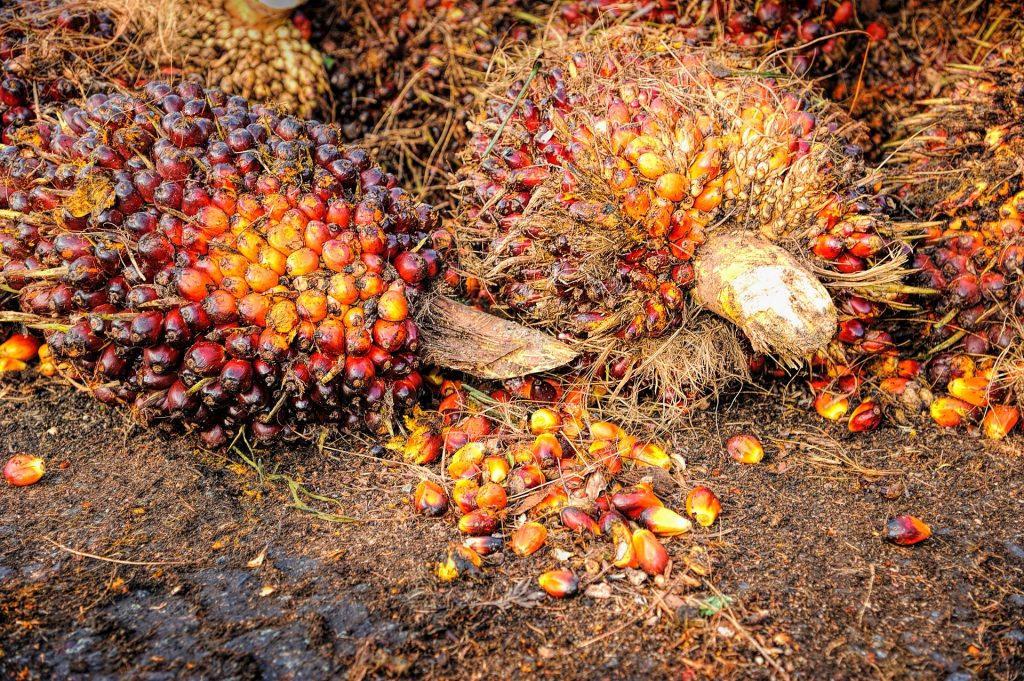The Malaysian Palm Oil Council All Set For An Exciting Culinary Discovery
Something exciting is going to happen in the field of culinary on the 6th and 8th of February 2018. For the first time in the Philippines, the Malaysian palm oil council (MPOC) will organize an event that will gather chefs, culinarians, cooks, restaurateurs and food manufacturers to talk about the Malaysian palm oil and its applications in the professional kitchen.
Discover why palm oil is globally popular in the food industry. Learn about the attributes of Malaysian palm oil specifically, its high quality and adaptability, enabling it to be a favorite for Asian chefs and a preference for food manufacturers. Participants will also be able to understand why Malaysian palm oil perfectly addresses the oils and fats needs of the Philippines.
The Malaysian Palm Oil in Professional Kitchen will take place in Manila on February 6, 2018 at the Thomasian Alumni Center of the University Of Santo Tomas and in Cebu on February 8, 2018 at the Hotel Elizabeth
Both events will have speakers highlighting the attributes, applications, and economic advantages of Malaysian palm oil. The prominent speakers in the event include the Chief executive officer of the MPOC, Dr. KalyanaSundram, Chef Kasdi Dahari, Culinary Advisor, MPOC, Mr. Faudzy Asrafudeen, Director, Marketing & Market Development, MPOC, Chef Willie Quilatan, Executive Chef, Sky Kitchen Philippines Inc.. Adding to this is the presence of Malaysian palm oil traders, enabling direct queries on purchasing Malaysian palm oil.
What is Malaysian Palm Oil?
The oil palm (Elaeisguineensisjacq.) is a species of palm that originates from West Africa, in particular, the area between Angola and Gambia. It is a perennial, tropical tree crop that starts bearing fruits in large bunches, weighing between 5-30kg each, after 30 months of field planting.
The oil palm fruit from the bunches (known as fresh fruit bunches) is unique as each produces two types of edible vegetable oil: palm oil from the mesocarp (flesh of the fruit) and palm kernel oil from the kernel (seed). Both are edible oils but with very different chemical compositions, physical properties and applications.
Each fruit bunch will produce 20-25% at the mill. For every 10 tonnes of palm oil produced at the mill, 1 tonne of palm kernel oil is produced when the kernel is crushed.
Palm oil, like olive oil, is a fruit oil. It is the only vegetable oil that contains an equal proportion of unsaturated and saturated fatty acids. It is particularly rich in saturated palmitic acid (44%), and monounsaturated oleic acid (40%). Palm oil is also naturally very stable because of its low content of polyunsaturated fatty acids (10%), in addition to its Vitamin E content.
The oil palm keeps producing the fruit bunches until the end of its economic lifespan of between 25-30 years. This remarkable agronomic characteristic allows the oil palm to provide a consistent and uninterrupted supply of vegetable oils to meet ever-increasing global demand.

As palm oil is naturally semi-solid at room temperature (20°C), the liquid portion can be physically separated from the solid portion by fractionation. The liquid fraction is known as palm olein while the solid fraction as palm stearin.
Palm olein is bottled and sold as cooking oil or used in food manufacturing such as instant noodles and fried food products. Palm stearin is used in the formulations of trans fat-free margarine, shortening and vegetable ghee.
Source : When in Manila

